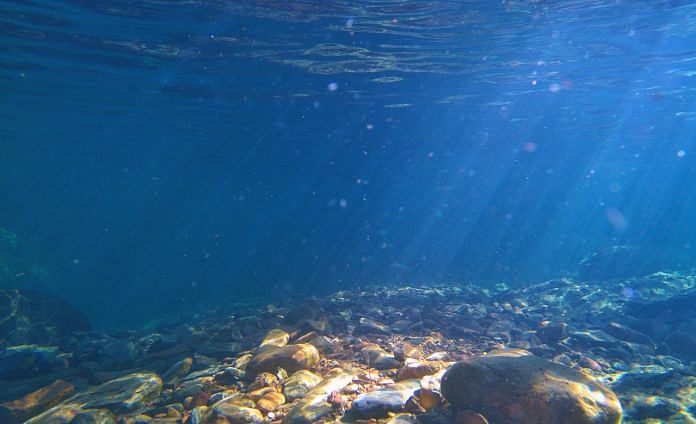New Delhi: Scientists in Japan have successfully brought back to life microbes that were collected from sediments in the South Pacific and date back to over 100 million years.
Ancient sediment samples from below the seafloor help scientists to better understand past climates and the deep marine ecosystem. Since then, continents have shifted, seas have risen and fallen, and finally human beings have evolved.
With fine-tuned laboratory procedures, the scientists managed to revive these microbes and coaxed them to multiply. The results show that rather than being fossilised remains of life, the microbes in the ancient sediments had survived, and are capable of springing back to life under the correct conditions. More on the BBC.
Scandinavian archeological site may deteriorate in a few decades
A well-known archaeological site at Ageröd in southern Sweden, known for its abundant quantities of bone and flint, has suffered drastic deterioration since the 1940s.
Last year, researchers found that the bone fragments discovered in the area have suffered accelerated deterioration over the last seven decades. More worryingly, scientists can no longer find smaller fur game bones or bird bones. This is because small mammals and birds have smaller, lighter bones that break down faster than heavier bones.
Archeologists say that if steps are not taken to protect the site, the organic remains preserved here for 9,000 years will be lost forever. The record being destroyed is also a long-term database which can help us create models of future environmental scenarios. This can be especially helpful now when the Earth is in the middle of a climate crisis. More on Forbes.
World’s biggest nuclear fusion project begun
Scientists have started putting together the world’s biggest nuclear fusion project, known as the International Thermonuclear Experimental Reactor or ITER.
The facility, located in France, is funded and run by seven member entities, including India. The European Union, China, Japan, Russia, South Korea and the US are also part of the project.
The idea is for it to function like a star, performing the same kind of fusion reactions that occur in stars — resulting in vast amounts of energy. The reactor has been designed to produce a power output of 500 MW with an input of 50 MW, resulting in a tenfold gain.
All member entities are contributing parts to this project. India’s biggest contribution will be the cryostat, a device used to maintain low temperatures that will enclose the entire machine.
At the end of the project, India will also have access to the intellectual property rights to build its own fusion reactor. The assembly of the project is expected to be completed in five years. More on The Guardian.
Mysterious thin cloud reappears over Mars
A mysteriously long, thin cloud has made a reappearance over a 20-km-high volcano on Mars. According to the European Space Agency, this elongated cloud forms every martian year during this season, and repeats for 80 days or even more.
A martian day, or sol, lasts about 24 hours, 39 minutes and 35 seconds. A year at the Red Planet consists of approximately 687 Earth days, so the seasons on Mars last for twice as long as those on Earth.
Scientists are convinced that these appearances of the cloud are not linked to volcanic activity. The cloud is made up of water ice and can reach up to 1800-km in length.
The images of the clouds were taken on 17 and 19 July by a camera aboard the Mars Express, a European spacecraft that’s been studying the Red Planet from orbit for the past 16 years. More on CNET.
Shredded star cluster discovered at the edge of the Milky Way Galaxy
A team from Australia has discovered a collection of ancient stars that were likely torn apart from our own galaxy, the Milky Way, more than two billion years ago.
This collection of stars, or ‘globular cluster’, is different from others because these stars have much lower quantities of heavier elements than in other such clusters. Researchers suggest that these stars are the shredded remains of the last globular cluster of its kind.
The Milky Way is home to about 150 globular clusters, each of which is a ball of a million or so stars. These clusters have existed through the growth of the Milky Way over billions of years. More on BGR.



